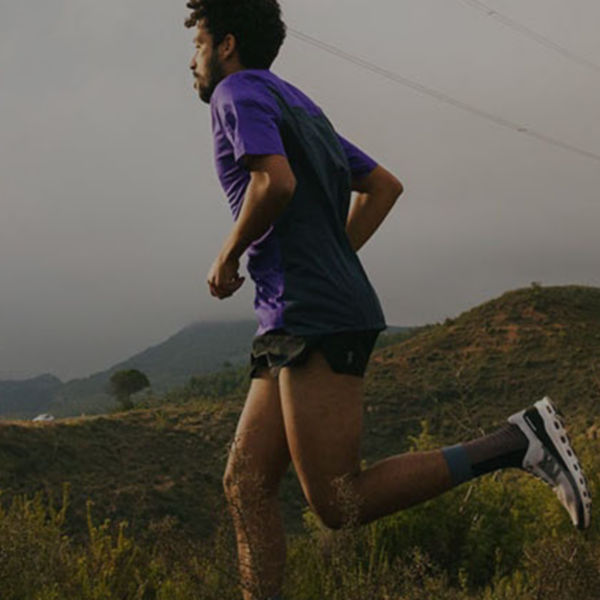
You’re a runner: You’re fit and healthy and are comfortable running roads and paved paths, or on a treadmill. Now you want to make the transition to trails. This guide will help break down common barriers—mental and physical—to running trails of all sorts.
Why Trail Run?
You already know the benefits of running, but running on trails comes with a few more. First, of course, you’ll connect with nature when you leave the pavement, and some trails offer awe-inspiring scenery that will triple any runner’s high. Next, steep and tricky terrain builds strength in ways mellower roads can’t. And finally, running on softer surfaces is gentler on joints.
What to Expect
Difficulty: Don’t be fazed by photos of rugged, steep, narrow paths up the sides of mountains—those exist, and can be fun when you’re prepared, but there are plenty of beginner-friendly trails as well. Trails can be mellow, meandering dirt or wood-chipped paths through parks and greenways.
Pace
Since roads and paved paths are smooth, and trails have varying types of surfaces, elevation gains and losses, and sometimes rocky and rooty conditions, road runners should not expect to run the same pace per mile on trails as they do on roads. Leave all mile split expectations (and ego) at home. Once you get comfortable on trails, you can push your pace, of course, and add workouts like hill repeats and interval training.
Walking
It’s true, trail runners walk more frequently than road runners. On steep grades and in rugged terrain, it’s perfectly acceptable—and even advised—to walk some sections of trails. Doing so on steep uphills can be more efficient than running them and walking on technical flats or downhills can prevent injury. As you become more comfortable with these conditions, you’ll be able to run more than walk, but even then, walking or power-hiking a section of trail is sometimes the better choice.






















